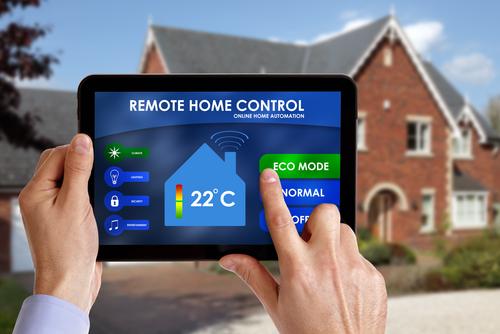As the Internet of Things expands its reach, the range of technologies being used to build and support it is expanding, as well. Languages including
Java,
Ruby and
C are being employed, as are platforms like
Microsoft's Windows Embedded,
Android, BlackBerry QNX and the relatively new Tizen. Cloud technologies are being put to use for connect devices, data and users. “You'll see a whole bunch of technologies, not just programming languages,” Jnan Dash, senior advisor at MongoDB, told
InfoWorld. “Data management, networking, programming, the whole thing.” It's all forming a big, valuable ecosystem. Analysts say the IoT will join millions of devices into huge networks, which will stream data to analytics tools for further insights. Last year, research firm
Gartner estimated that IT spending on such “smart devices” will
eventually hit $4 trillion.
Click here to find jobs related to the Internet of Things. Of course, as with any new environment, the IoT is sure to lead to changes in the way we work, and still has fundamental issues to face. Here are three we’ve been thinking about.
The Work Never Ends
All those connections and all that data will mean an increasing amount of work for
developers. However, the nature of the IoT means the nature of software development itself may be in for a fundamental change, suggests
Dr. Dobb's Editor in Chief Andrew Binstock. As the capabilities of connected products evolve, so will their SDKs and associated APIs. As a result, Binstock foresees an age when developers never really finish an application.
“[Consider] that some apps, such as a dashboard that monitors multiple IoT data sources, might depend on dozens of APIs. So, at almost any given moment, developers who could be writing other software will be tied up accommodating some vendor's changes. There will be no sense of ever being done, but rather one of being constantly in catch-up mode.”
What Architecture?
Also as pressing: All of the IoT’s potential and flexibility could be held back by the
lack of an overarching architecture, says MIT Professor Sanjay Sarma. Speaking at the MIT Sloan CIO Symposium on May 21, Sarma worried about a series of specifically tasked applications that can't be tied together as logically as they should be. “Without connecting the dots, you'll have a disastrous, brittle system,” Sarma said. “We don't have a clear architecture of where the world will go.” As an example, he cited the idea of a connected house programmed to anticipate a resident's arrival by setting the light to specified levels and turning on certain music. What happens when the person who enters isn't the same person who set up the preferences? They may find the lights too bright and the music too loud. That person now has to change the lighting and the music—chores they wouldn't have faced before.
New IoT, Old Problems
Finally, the IoT’s security environment remains disturbingly amorphous. All of these connected devices are also potential entry points for hackers looking to steal everything from data to money. “Obviously, there are lots of benefits of connected devices in the home, but there can also be complications,” said Marc Rotenberg, executive director of the Electronic Privacy Information Center, in
The New York Times. “When you worry about computer viruses, you can unplug your computer. When your house gets a virus, where do you go?” Despite the threat, security in the IoT isn’t being approached over a lot of common ground. “To my knowledge, there isn't a whole lot of standard ways to secure these things,” said Alec Saunders, vice president of BlackBerry's QNX Cloud unit, in InfoWorld. Developers “need to create a tunnel for the data, and you need to close off all attack vectors that we all know about from two decades of the Web.”
Related Stories
Image: Brian A Jackson/Shutterstock.com 
